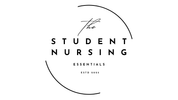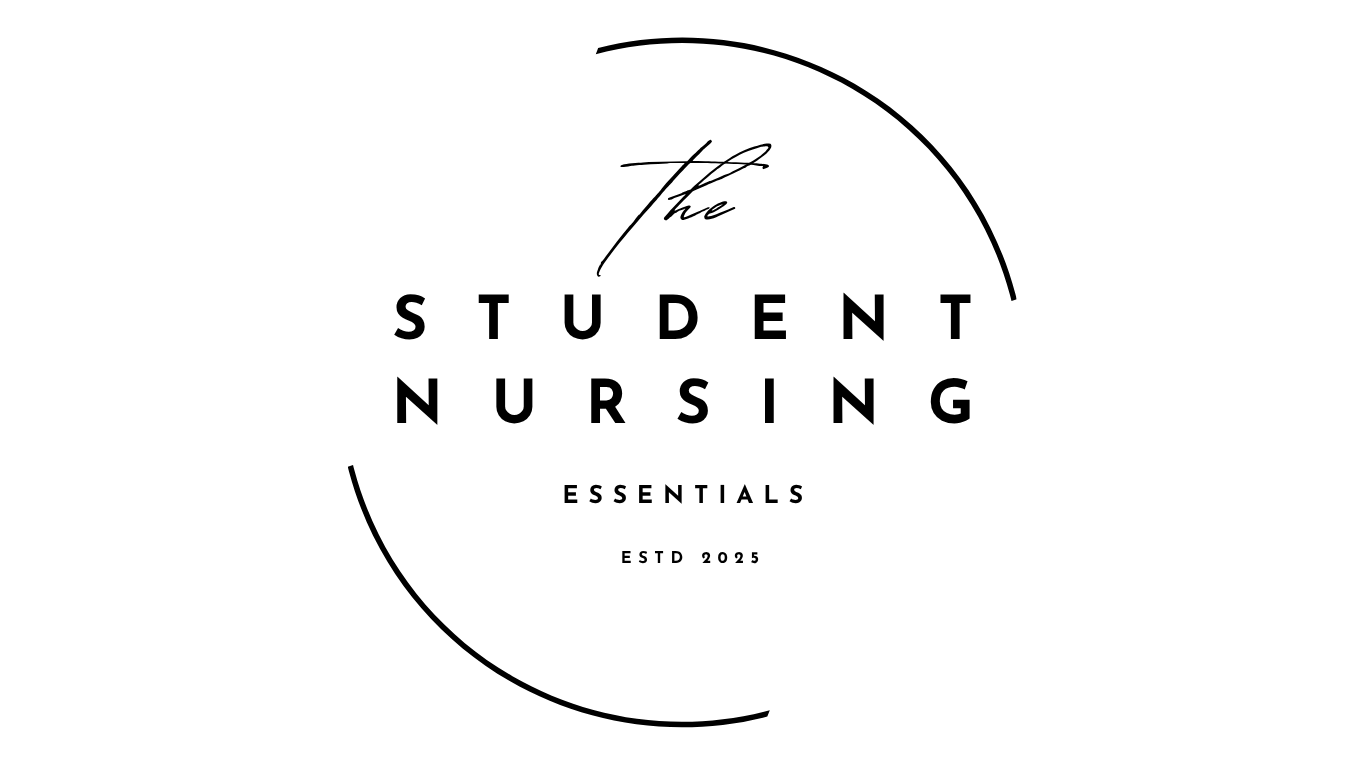1. Types of Bipolar Disorder
Bipolar I
-
Criteria: At least one manic episode lasting ≥ 1 week (or requiring hospitalization), with or without depressive episodes.
-
Mania Symptoms (DIG FAST mnemonic):
-
Distractibility
-
Indiscretion (risky behavior)
-
Grandiosity
-
Flight of ideas
-
Activity increase
-
Sleep deficit (decreased need for sleep)
-
Talkativeness (pressured speech)
-
-
Example: A patient who has not slept for 4 days, is impulsively spending large amounts of money, and speaking rapidly with tangential thoughts.
Bipolar II
-
Criteria: At least one hypomanic episode (lasting ≥ 4 days, not severe enough for hospitalization) and one or more major depressive episodes.
-
Example: A patient who feels “invincible” for several days, with increased productivity but no severe impairment, followed by weeks of hopelessness and fatigue.
2. Nursing Assessment – Key Findings
-
Mood changes: Elevated, irritable, or expansive mood in mania/hypomania; sadness or hopelessness in depression.
-
Energy/activity: Restlessness, impulsivity, increased goal-directed activity in mania; fatigue and withdrawal in depression.
-
Sleep patterns: Markedly decreased need for sleep in mania; hypersomnia or insomnia in depression.
-
Thought process: Flight of ideas, pressured speech, racing thoughts in mania; slowed thinking in depression.
-
Safety concerns: Poor judgment during mania → high risk for injury, financial loss, legal problems.
3. Nursing Priorities (NCLEX Focus)
| Priority Area | Actions |
|---|---|
| Safety | Prevent harm to patient or others during mania (remove hazards, limit spending access, monitor for suicidal ideation in depression) |
| Medication management | Monitor therapeutic levels (e.g., lithium 0.6–1.2 mEq/L), assess for toxicity, reinforce adherence |
| Sleep & rest | Encourage rest periods, low-stimulation environment |
| Nutrition | Offer portable, high-calorie snacks during mania when patient is too distracted to eat full meals |
| Therapeutic communication | Use calm, concise statements; avoid power struggles; redirect excessive energy |
4. Pharmacologic Management
Mood Stabilizers
-
Lithium
-
Therapeutic range: 0.6–1.2 mEq/L
-
Toxicity signs: Tremor, confusion, polyuria, vomiting, diarrhea, seizures
-
Nursing points: Maintain consistent sodium and fluid intake; monitor renal and thyroid function
-
Anticonvulsants with mood-stabilizing effects
-
Valproic acid (Depakote) – monitor liver function, platelets
-
Carbamazepine (Tegretol) – monitor CBC for agranulocytosis, avoid grapefruit juice
-
Lamotrigine (Lamictal) – risk for Stevens-Johnson syndrome (rash)
Atypical Antipsychotics
-
Used for acute mania or adjunct therapy (e.g., olanzapine, quetiapine)
5. Non-Pharmacologic Interventions
-
Psychoeducation - teach early warning signs of mood shifts, importance of medication compliance
-
Cognitive Behavioral Therapy (CBT) – improve coping and reduce relapse risk
-
Family-focused therapy – support system involvement
6. NGN-Style Clinical Judgment Tip
The Next Gen NCLEX often frames bipolar questions as patient safety and priority decision-making scenarios. Expect to:
-
Identify most urgent nursing action (e.g., preventing harm during mania > addressing minor sleep issues)
-
Select interventions that stabilize mood and prevent relapse
-
Interpret labs and medication levels in context
Example NGN Question:
A patient on lithium reports new onset tremors and confusion. Priority action? → Hold lithium and notify provider (possible toxicity).
7. Patient Education: Testable Points
-
Take medications consistently; do not stop abruptly.
-
Avoid dehydration and maintain stable salt intake (lithium).
-
Avoid alcohol and recreational drugs.
-
Keep a mood diary to track triggers and early warning signs.
-
Engage in regular follow-ups and therapy.
Key Takeaway:
For the NGN, don’t just memorize symptoms - think safety first, medication monitoring, and prioritization of nursing actions.
Bipolar disorder questions will test your ability to connect assessment findings to urgent interventions.


